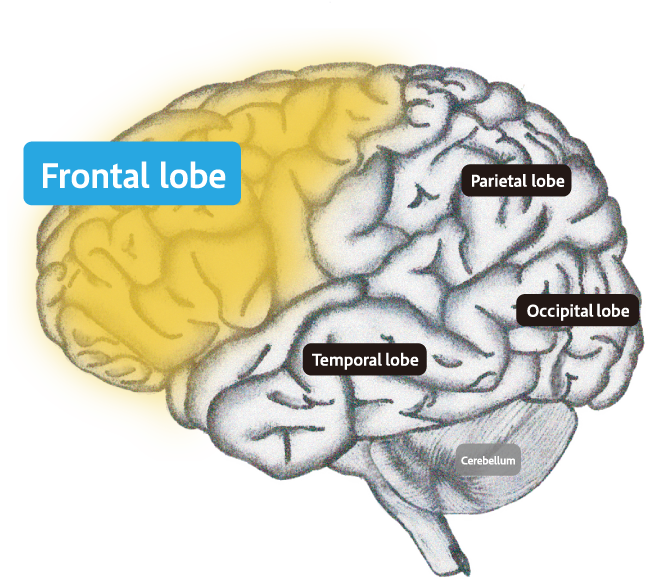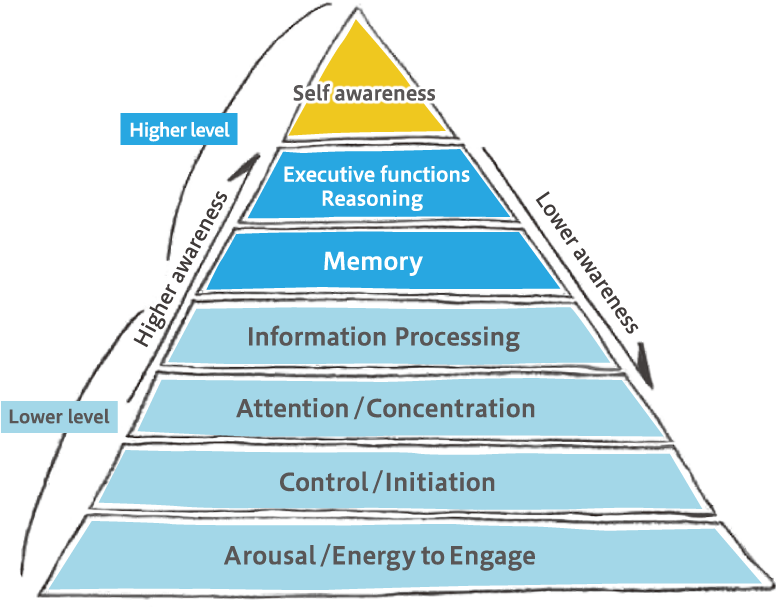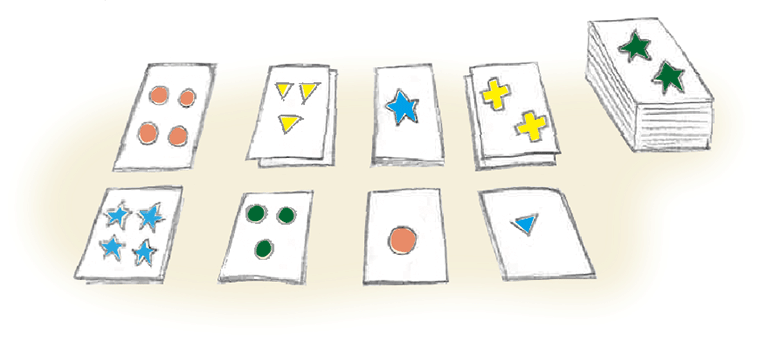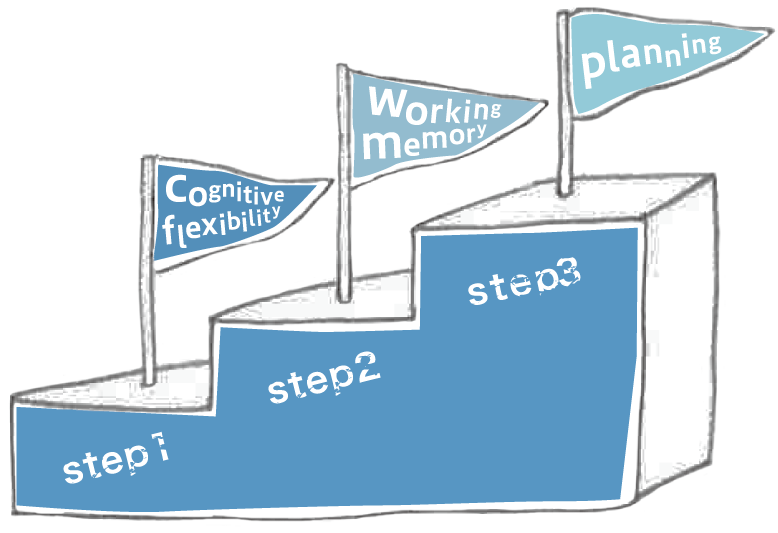About FEP
History and Significance of FEP
FEP (Frontal/Executive Program) is a program designed to improve cognitive functions in patients with frontal lobe disorder who perform poorly on the Wisconsin Card Sorting Test and the Tower of London task.

Neuropsychological and neurophysiological studies have long suggested that patients with schizophrenia manifest frontal lobe dysfunctions. In 1987, Brenner, a Swiss psychiatrist, introduced cognitive rehabilitation for chronic patients with schizophrenia. Assuming that lower-level dysfunctions in attention and perception, for example, underlie impaired higher-level cognitive functions such as interpersonal exchange and social functions, a hierarchically structured treatment program which was organized in the order of cognition, perception, verbal communication, social skills, and interpersonal skills was designed.
Based on Brenner’s program, FEP as we know it today was developed by Dr. Morice et al. in Australia in 1988.

Proposed by Rusk Institute of Rehabilitation Medicine,
New York University
The Tower of London task is a test for assessment of planning. People who have difficulty performing this task is suggested to have dysfunctions in frontal lobe functioning. It was shown that four neuropsychological components are required to perform this task, i.e.,”verbal skills”, “working memory”, “visual skills”, and “cognitive flexibility” (Morice & Delahunty, 1991).


By focusing on the control process that are especially related to attention, sequencing, sorting, reasoning, target orientation and strategy formation, multitasking within a modality, and working memory, Morice et al. developed various training modules that were more effective and appropriate for each functional level. FEP was thus completed as a hierarchically organized program consisting of three modules, namely, “cognitive flexibility”, “working memory”, and “planning”.
Based on a set of modalities such as attention, visual perception, visual space, language, concepts, and skilled motor activities, three modules of FEP are intended to stimulate the cognitive process of frontal lobe executive function, that is, the frontal-prefrontal neural system. FEP is the only program developed with a hierarchical structure that starts from a lower level leading to the higher.
